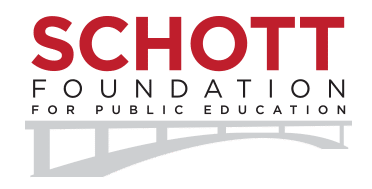Report
A Proposal for Sustainable School Transformation
For many years, parent and community-based organizations have led the way in calling for dramatic action to improve low-performing public schools. The Department of Education, through its “Blueprint” for reauthorization of the Elementary and Secondary Education Act (ESEA), and the already-implemented Race to the Top and School Improvement Grants (SIG) programs, has also called for substantive intervention, and has offered significant federal resources to improve low-performing schools.
Education Secretary Arne Duncan is right to call for dramatic action, and to recognize that significant progress is not possible without resources. The question is not whether to intervene in our schools, but rather, what interventions offer the best promise for successful and sustainable school transformation?
For too long, low-income communities of color have been targeted for top-down school improvement efforts. We recognize the pattern: new strategies are imposed by decision-makers outside our communities. Because parents, students and even teachers are rarely meaningfully engaged, these strategies are not grounded in a collective vision or owned by those who must put them into effect. In short order, new district or school leadership enters, and announces yet another silver-bullet approach, so even promising strategies are short-lived, and not allowed to take root. This cycle of reform all too familiar in our communities not only often fails, but in many cases has undermined rather than strengthened our schools and has not led to sustained reform.

